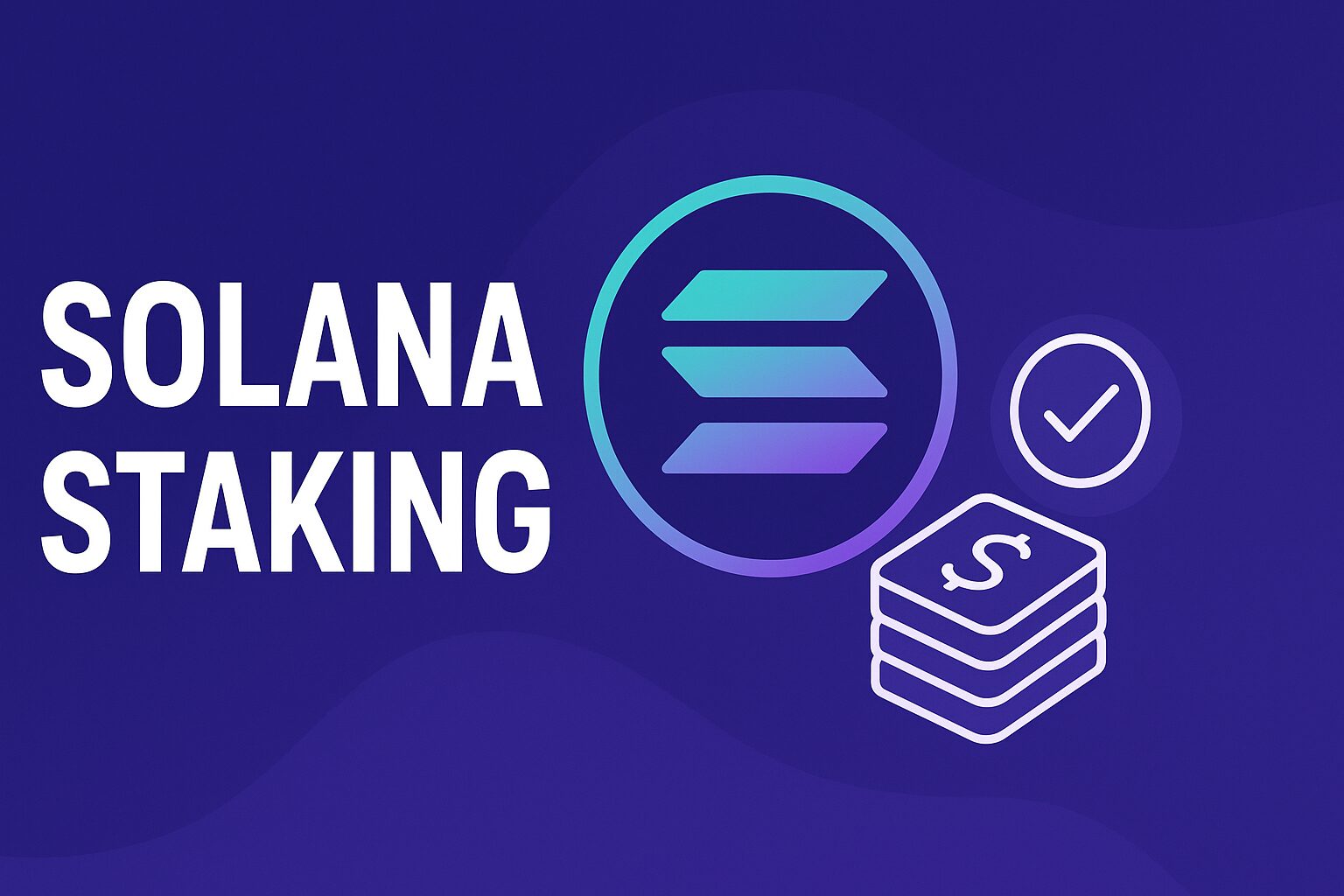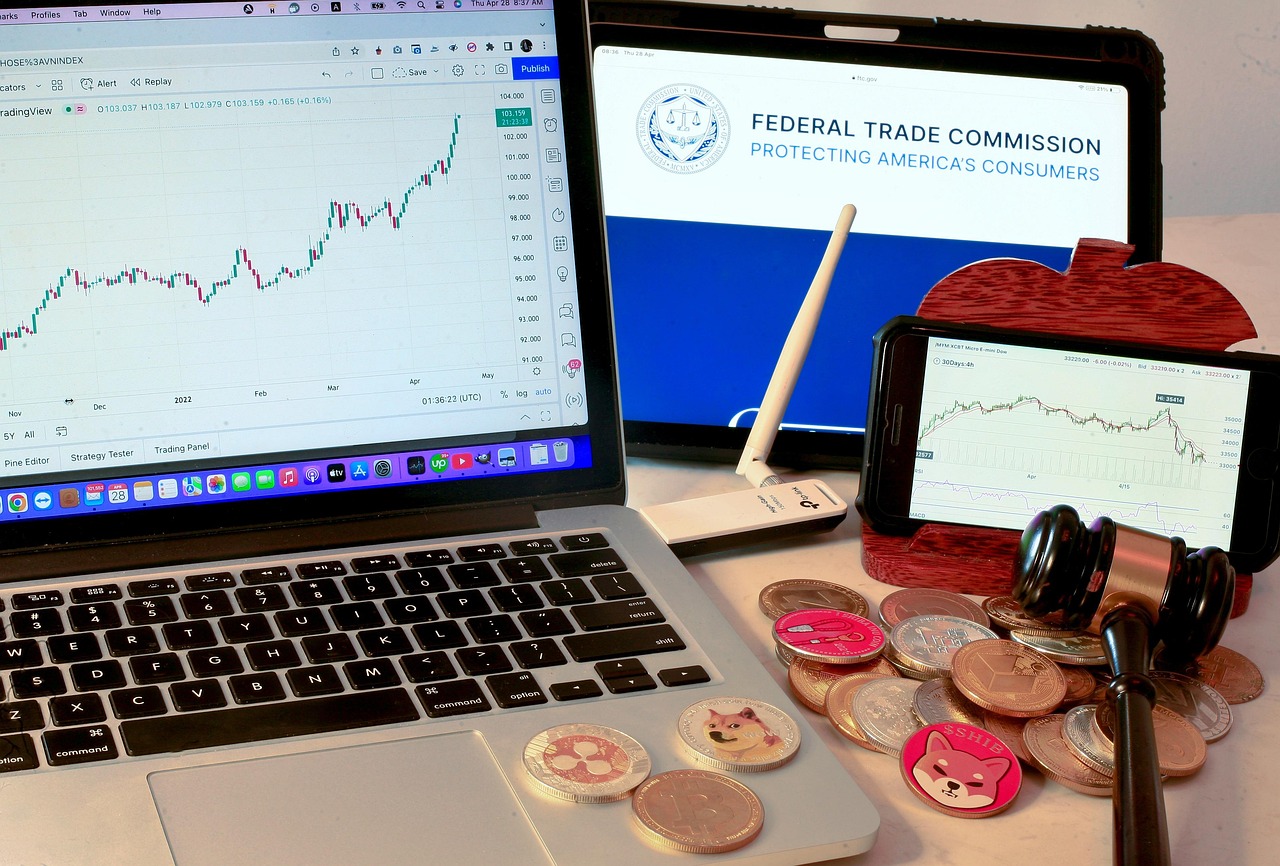Solana staking has become one of the most popular ways to participate in the Solana blockchain, a network known for its fast transactions and low fees. By 2025, Solana remains a leading platform in the crypto space, powering decentralized finance (DeFi), NFTs, and a wide range of Web3 projects that attract developers, investors, and crypto enthusiasts worldwide.
With its continued growth, staking SOL is one of the easiest methods for investors to earn passive income. By locking up your tokens, you help secure the network while earning rewards in return.
In this guide, we’ll cover everything you need to know about Solana staking—from how it works, what you need to get started, step-by-step instructions, and the best platforms to use in 2025.
What is Solana Staking?
Proof-of-Stake Explained
Solana uses a Proof-of-Stake (PoS) consensus mechanism combined with Proof-of-History (PoH) to process transactions quickly and securely. Instead of miners, Solana relies on validators who confirm transactions and produce new blocks.
Validators and Delegators
- Validators: Run nodes, maintain the network, and secure it by validating transactions.
- Delegators: Everyday users who don’t run a node but delegate their SOL tokens to validators.
Benefits of Staking SOL
- Passive Income: Earn staking rewards in SOL.
- Network Security: Your stake helps strengthen Solana’s blockchain.
- Easy Entry: Unlike running a validator, delegating SOL is simple and beginner-friendly.
How Does Solana Staking Work?
When you stake Solana, you’re not giving your tokens away. Instead, you’re delegating your SOL to a validator. Validators then use your delegated tokens to confirm transactions and keep the blockchain secure.
How Rewards Are Calculated
- APY (Annual Percentage Yield): Typically ranges between 5%–8% depending on validator performance.
- Validator Commission: Each validator charges a fee (usually 5%–10%) on the rewards earned.
- Network Performance: The more active the validator, the better your chances of higher rewards.
Risks of Solana Staking
- Validator Downtime: If a validator goes offline, rewards may decrease.
- Slashing: In rare cases of validator misconduct, a small portion of staked SOL may be lost.
- Token Lock-Up: Unstaking usually takes several days (called the cooldown period).
Requirements for Solana Staking
Before you start, here’s what you’ll need:
- Minimum SOL Required: You can stake with as little as 0.01 SOL, making it very accessible.
- Compatible Wallets: Popular wallets include:
- Phantom – A user-friendly browser extension and mobile wallet.
- Solflare – Great for both beginners and advanced users.
- Sollet – A web-based wallet.
- Ledger – A hardware wallet for maximum security.
- Choosing a Validator: Look for validators with:
- High uptime (close to 100%)
- Low commission rates
- Strong community reputation
Step-by-Step Guide to Staking Solana in 2025
Here’s how you can start staking SOL today:
Step 1: Buy SOL Tokens
Purchase SOL through a trusted crypto exchange like Binance, Coinbase, or Kraken.
Step 2: Set Up a Wallet
Download and install a Solana-compatible wallet like Phantom or Solflare. Make sure to back up your seed phrase securely.
Step 3: Transfer SOL to Your Wallet
Move your SOL from the exchange to your wallet for safe, non-custodial staking.
Step 4: Choose a Validator
Use staking dashboards or your wallet interface to browse validators. Pay attention to commission rates and performance.
Step 5: Delegate Your SOL
Inside your wallet, select “Stake SOL,” choose your validator, and confirm the transaction.
Step 6: Track Rewards
Check your wallet or staking dashboard regularly to see how much you’re earning. You can switch validators if you’re not satisfied with the rewards.
Pros and Cons of Solana Staking
Pros
- Easy to start with very little SOL
- Passive income with 5%–8% APY
- No special hardware needed
- Helps secure the Solana blockchain
Cons
- Rewards depend on validator performance
- SOL price volatility affects overall gains
- Unstaking takes several days
- Small risk of slashing if validator misbehaves
Best Platforms & Tools for Solana Staking in 2025
If you want the best experience, here are some trusted platforms and tools:
- Phantom Wallet – Most popular wallet with simple staking interface.
- Solflare Wallet – Advanced features for experienced users.
- Exchanges: Binance, Kraken, and Coinbase offer in-app staking.
- Staking Dashboards: Solana Beach, Solscan, and Validators.app help track validators and rewards.
Visual: Solana Staking Stats (2025)
[Insert Graph or Infographic Idea]
- Total SOL Staked: Over 400 million SOL
- Average APY: 5%–8%
- Top Validators: Solana Foundation nodes, Everstake, Chorus One
- Percentage of SOL Supply Staked: ~70%
(Visual suggestion: A bar graph comparing staking rewards from different validators, or a pie chart showing SOL distribution across staking platforms.)
FAQs About Solana Staking
1. How much SOL do I need to stake?
You can start staking with as little as 0.01 SOL, making it one of the most beginner-friendly staking options.
2. Can I unstake my SOL anytime?
Yes, but it usually takes around 2–3 days for your SOL to fully unstake and become available.
3. What’s the average APY for Solana staking in 2025?
The average reward rate is around 5%–8% APY, depending on the validator.
4. Is staking Solana safe?
Staking is generally safe, but risks include validator downtime, slashing, and price volatility.
5. What happens if my validator gets slashed?
If a validator acts maliciously, a small portion of their stake may be penalized. Delegators may also lose a fraction of rewards, but major losses are rare.
Conclusion
Solana staking is one of the easiest and most rewarding ways to earn passive income in 2025. With just a few clicks, you can delegate your SOL, earn rewards, and help secure one of the fastest-growing blockchains in the world.
Whether you’re a beginner using Phantom Wallet or an advanced user tracking multiple validators, staking is accessible to everyone. Just remember to research validators carefully, understand the risks, and always keep your wallet secure.



